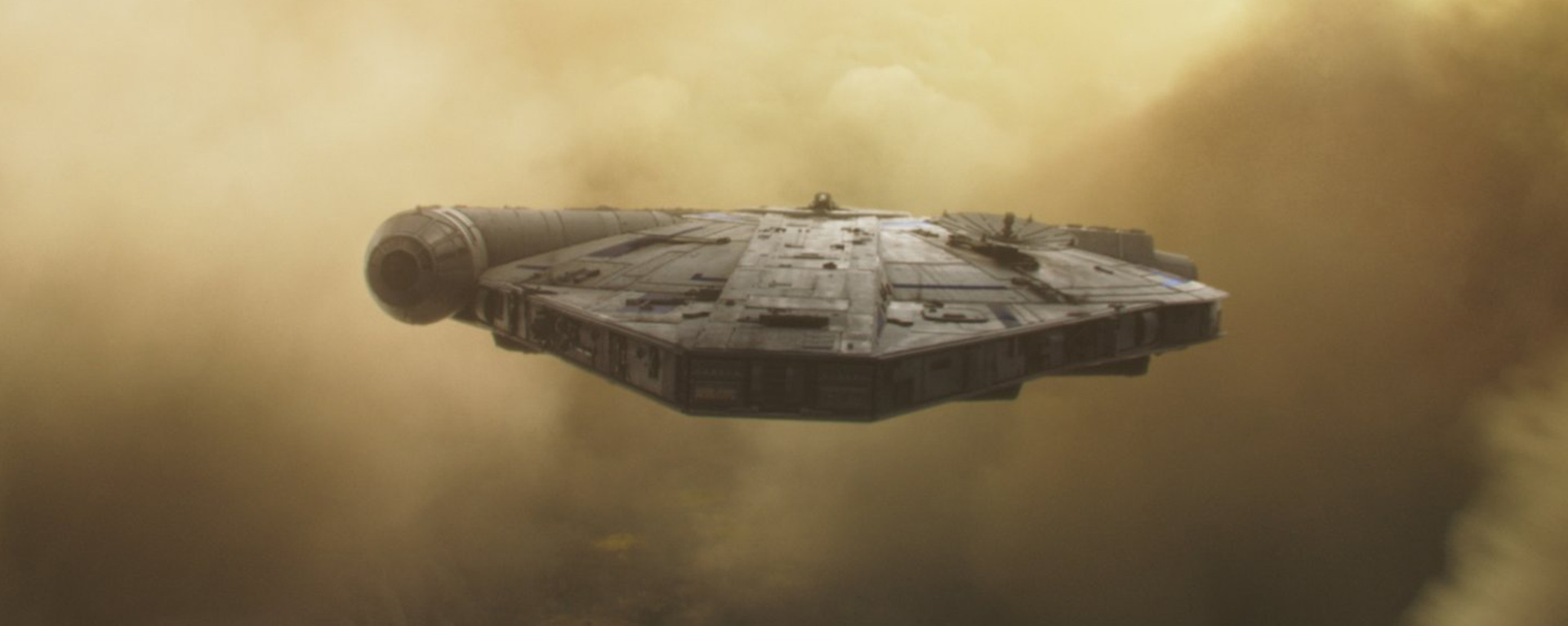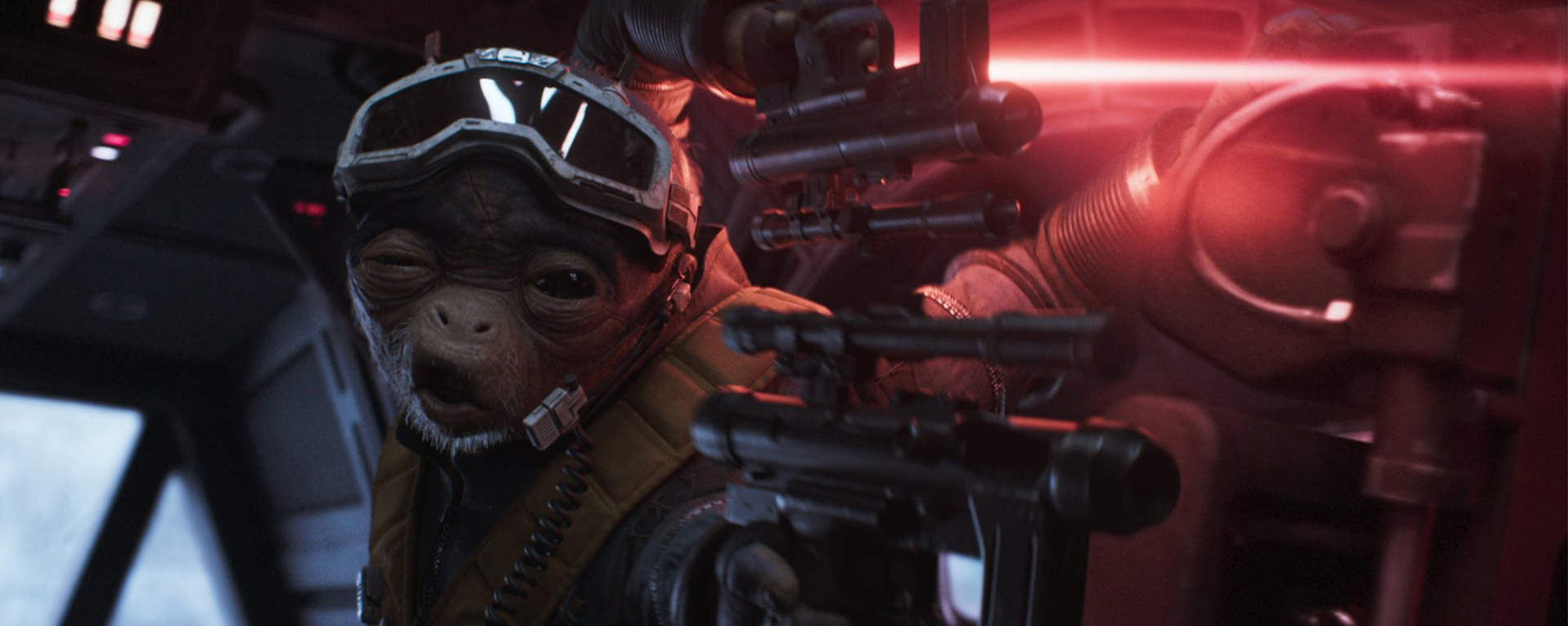Employee Spotlight: Rebecca Forth
Go Behind-The-Scenes with an ILM visual effects Artist
Can you tell us your role and what your day-to-day responsibilities are?
I am a Look Development Lighting Artist at Industrial Light & Magic (ILM). My role morphs depending on how far along the visual effects are for a film. Earlier on, I work on Look Development for digital assets. “LookDev” puts the final touches on props, creatures, vehicles, etc. to give them that sense of life when we start using them in shots. Once I have an assignment, I bring in the geometry and textures created by our Digital Modeling Shop, and dial in how shiny, dull, wet, dry, bumpy, soft, etc. different pieces are.
Can you think of an example?
In Solo: A Star Wars Story the character Rio has a flask that he uses before the coaxium heist. Even a small prop like that needs to be refined. The leather band needed to be worn from use. The metal of the flask required a duller, scuffed look after the many adventures it had been on. Look Development is all about an eye for detail and understanding how physical properties translate into the digital realm.
What about during later parts of production on a film?
Once Look Development is complete and our props are ready, I move to shot lighting. In the computer, it’s similar to lighting on a movie set, but without the physical limitations. I can create as many types of lights as I like, and control the color, the placement, what color the shadows are, what assets they affect, and more! Once the lights I want are in the scene file, I move them around, adjust values, and preview the final image. A majority of my day is spent doing this. It’s a slow process sometimes, but when you get the perfect look you feel proud of, you send it off to our render farm and then to our compositors who fold it all in with the rest of our team’s work.
When did you first start at ILM and in what role?
I started out as a Resource Assistant (now called an I/O Technical Assistant) back in early 2011, an entry level position that let me learn the pipeline and people of ILM. My daily tasks included converting live action film scans to fit our VFX pipeline, converting them back out to send off to the film studio, archiving projects files, restoring old files for reference, and managing storage. Restoring the old files of the original Jurassic Park dinosaurs for Jurassic World was a particular challenge, along with managing disk space for the juggernaut that was Pacific Rim.
What was your background before joining the company?
ILM was actually my first job out of college! I grew up in a mountain town in Colorado, and attended the University of Colorado at Denver, where I achieved a BFA in 3D Animation. Right before the end of my third year of college, I applied to the Summer Associates internship program at Walt Disney Animation Studios, and (to my surprise) was offered the opportunity of being a Lighting Artist intern. Those were 10 of the best weeks of my life! I made connections with the other interns and, when I graduated, one of them informed me of an opening at ILM.
Were there any good lessons that you learned early on that helped you?
Networking is key. Make connections with people. Attending conferences and conventions to acquaint yourself with other people in your industry is like cultivating a small garden of resources you can benefit from.
Staying determined and resolved in your career aspirations is also important. It took me some time before I finally achieved the artist position I hoped for when I first started. I kept looking for opportunities to learn and grow closer to the position. I asked about training classes, sat in on dailies, and talked to artists about their work. It lets your interests be known, and when that dream position opens up, you get that extra boost of recognition and education to help you get there.
What was your familiarity with Star Wars and ILM before you joined the company? Is working here a “dream job” for you?
Like so many others, Star Wars was a staple of my childhood. We watched the original trilogy so frequently at my house that the VHS jackets became too tattered to really serve their purpose! Then, the prequels came and my love for Star Wars ratcheted up to a whole new level.
But, I wasn’t familiar with ILM until I was in high school. I began devouring the “Behind the Scenes” content of my favorite films. When I finally secured the DVD for Pirates of the Caribbean: Dead Man’s Chest, I had to know how the intricate character of Davy Jones was created. Every twitch of his tentacles, and sputter of his mouth just seemed like a work of art to me. I reached the VFX segment of the DVD extras, and John Knoll appeared, explaining the motion capture process of Bill Nighy’s performance, and how they maneuvered every tentacle on Davy Jones’ face. That’s when I paid attention to the name, “Industrial Light and Magic.” So many great films were crafted at ILM, so working here is absolutely a “dream job.” Plus I get to see R2-D2 in the hallway, how awesome is that?
Of the many projects you’ve worked on at ILM, do you have a favorite, and why?
It’s so difficult to pick! If I had to choose, I think it would be Rogue One: A Star Wars Story. It was the first Star Wars film I got to work on from start to finish, and the first film where I saw my name in that iconic blue against the star field. The entire team was so motivated to work on such a unique story conjured up by our own John Knoll. It really created a fun environment around the film and everyone was so passionate on seeing it through.
I have to include Jurassic World as an honorable mention though. I am a huge dinosaur fanatic, so when the chance to be filmed as an extra for the crowd inside the Visitors Center for Jurassic World came about, I was one of the first in line. I still freak out when I see myself walking down the steps behind the hologram of the Apatosaurus.
What has been the most challenging project?
Solo: A Star Wars Story might have been the most challenging project for me. It was my first project officially as a Look Development Lighting Artist, and I wanted to do everything perfectly. There was so much for me to learn, I struggled to accept that I wasn’t going to be at the same level as everyone else who had been doing it for years. I wanted to be great at it off the bat. Looking back now, it’s a very silly thought, but the project really taught me to embrace where my skill level was and how it will only continue to grow. It also pushed me to never be afraid to ask for help or a fresh perspective on a problem. I was the only one that expected me to not make any mistakes, and everyone around me was so helpful in showing me the answer. Each mistake and error I made was a massive learning point, and the end result of my work in the film is something I am immensely proud of.
In addition to your actual job, we know that you often participate in different company events or activities. What do you enjoy about these “extra-curricular” opportunities?
Lucasfilm and ILM provide us with so many chances to volunteer in the community, and I love participating in all of them. I’ve helped build 3 playgrounds in the Bay Area with KaBoom, served up breakfast to veterans with Swords to Plowshares, packaged up meals with Rise Against Hunger, and cleaned up the beach with the Surfrider Foundation.
We also have some of the coolest events that happen annually at the company. The Lucasfilm Company Picnic, Trivia Night, and my favorite, the Sidewalk Chalk Art Festival! The Chalk Art Festival is a particular favorite because I get to see how creative all of my co-workers get, and push myself and my team to try and match that creativity.
What advice would you give to those wishing to join the ranks here?
If there’s a role you are dead set on breaking into, practice it all you can! Learn the latest software used by the big studios, watch tutorials, and give yourself small projects to keep your mind fresh and to continue to grow your skills. Watch behind-the-scenes clips and breakdowns to see how ILM creates its work. If you don’t know what role you want to break into, that’s fine too! The entry level Technical Assistant positions are a great way to explore the opportunities at the company while learning the pipeline. You might find out that you have an interest that you’d never had before. And, I’ve said once already, but network and connect. Visit the ILM booth at SIGGRAPH, GDC, and other conferences and conventions. Meet the recruiting team, connect with them, and get your name out there!
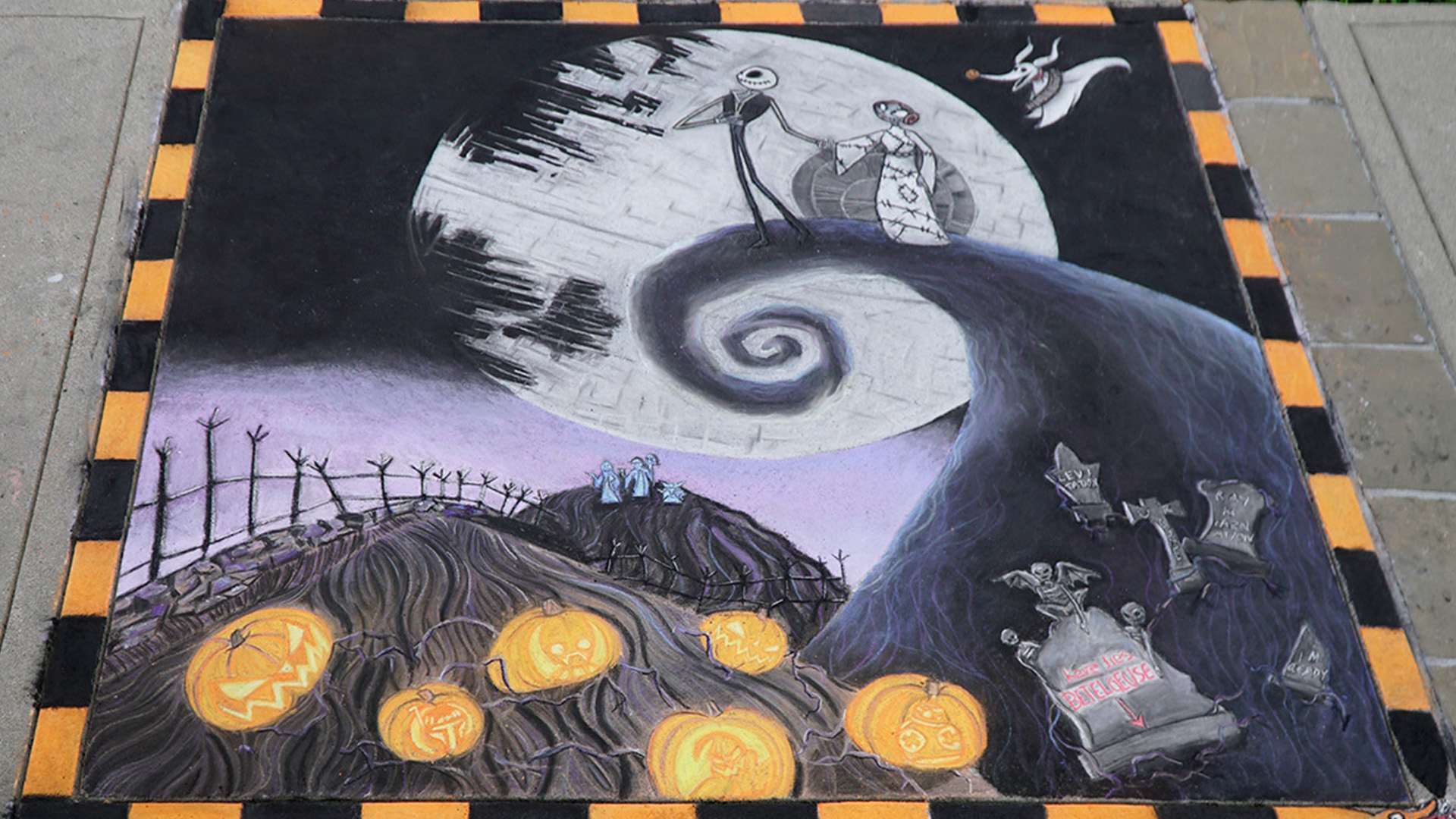
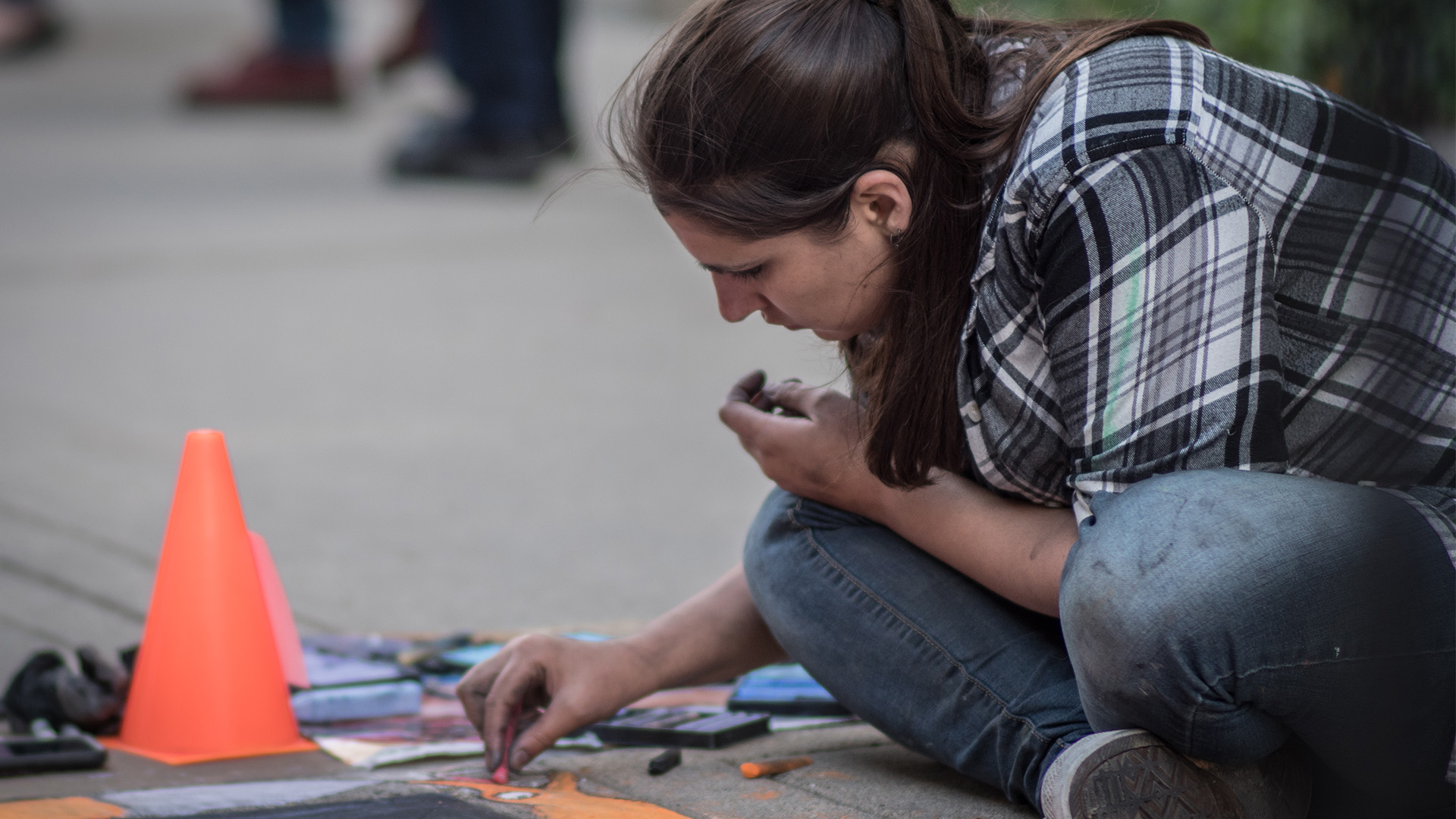
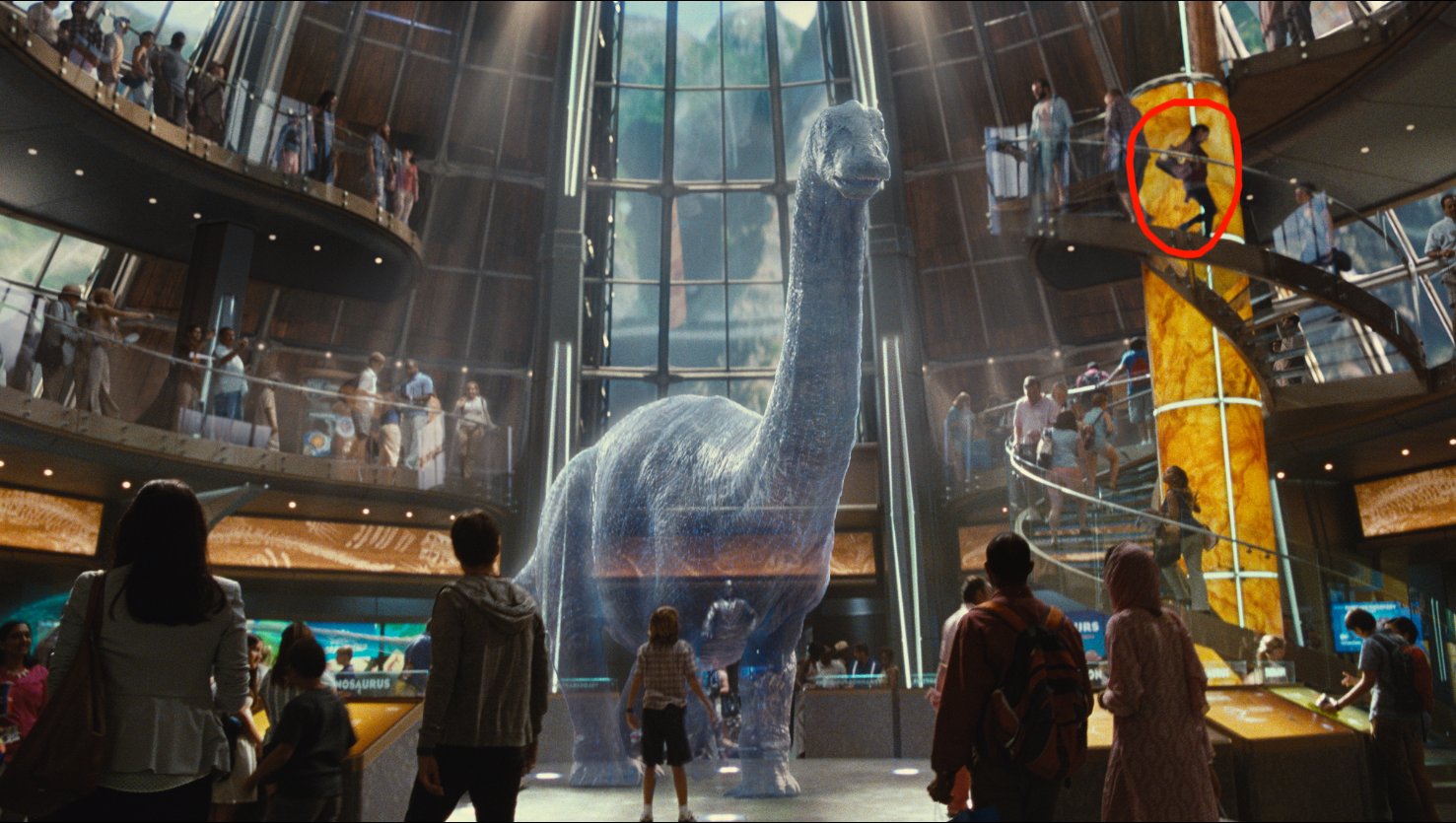
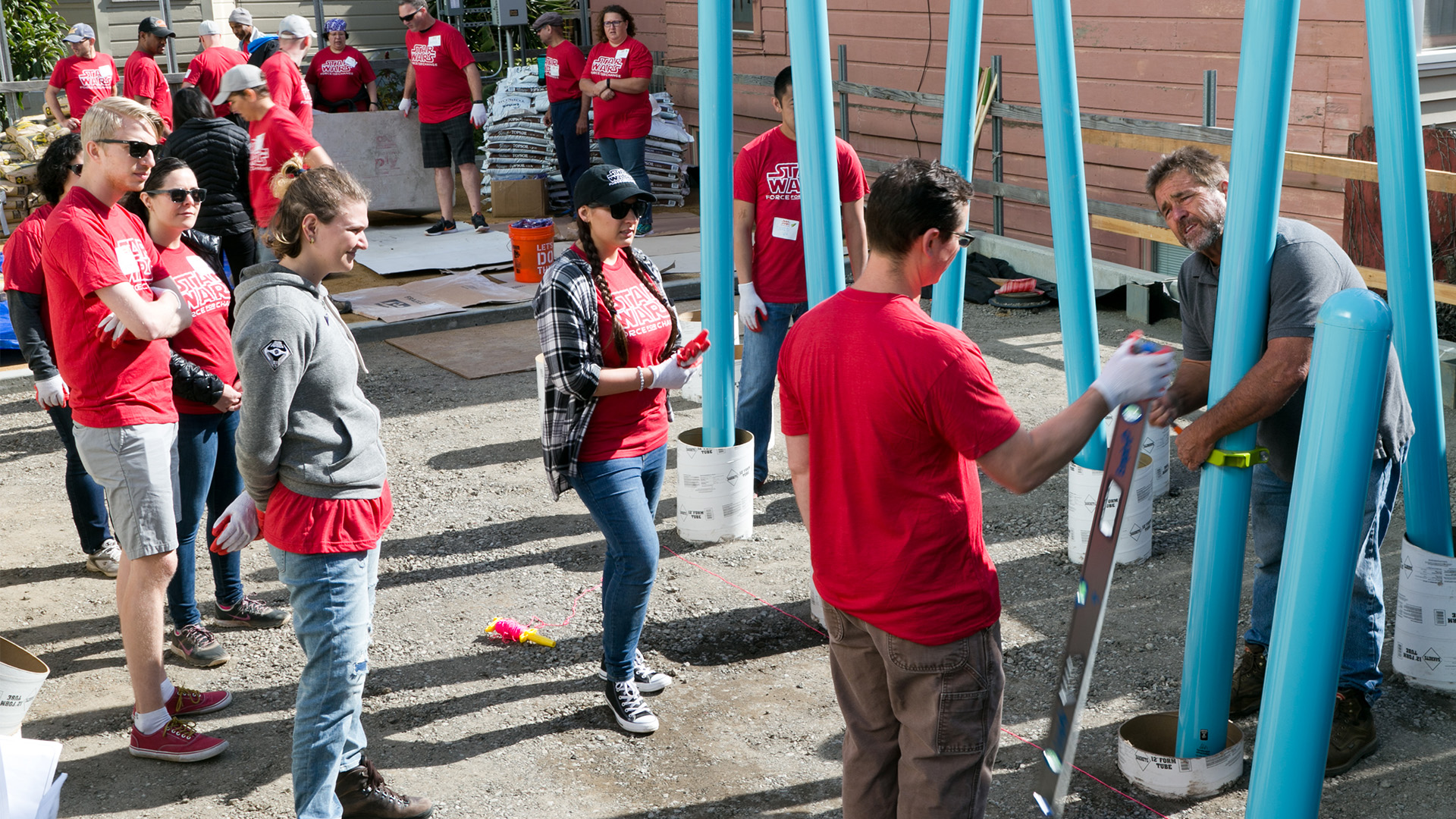
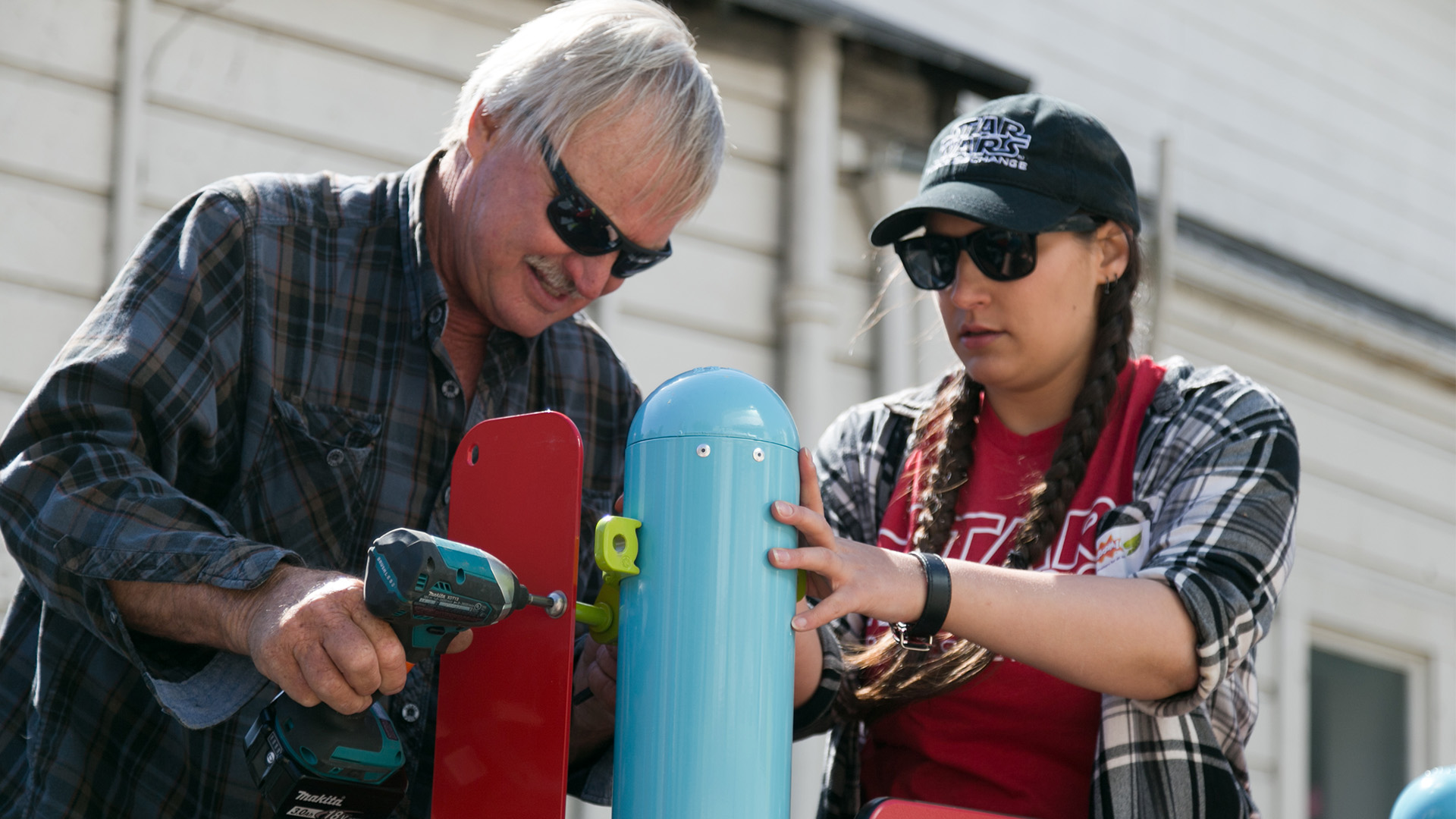
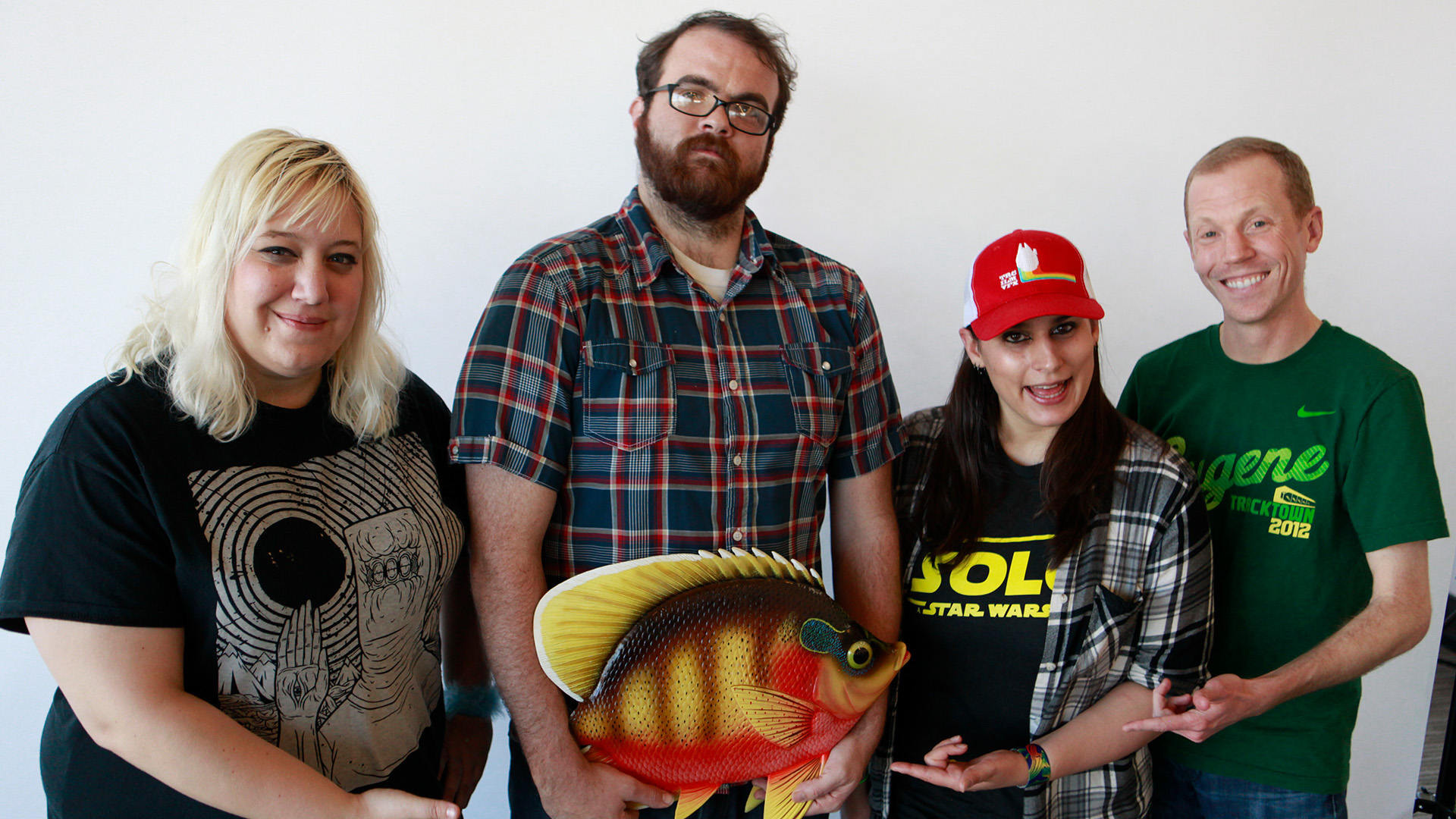
Lucas O. Seastrom is a writer and historian at Lucasfilm.

